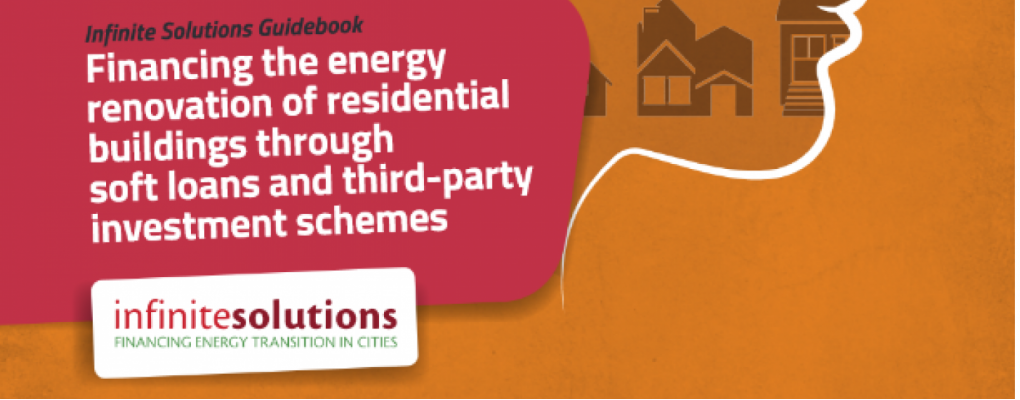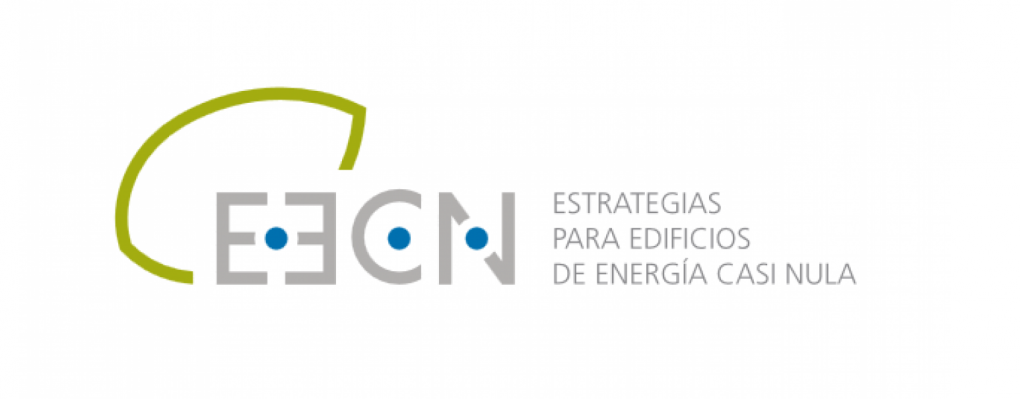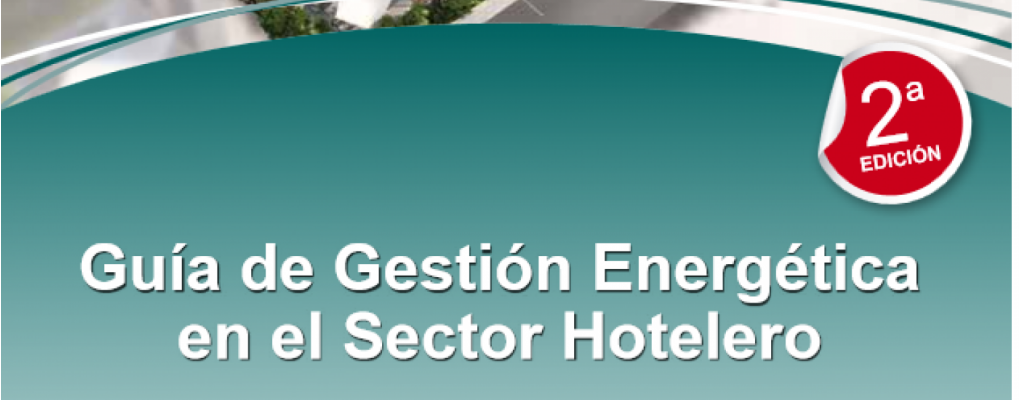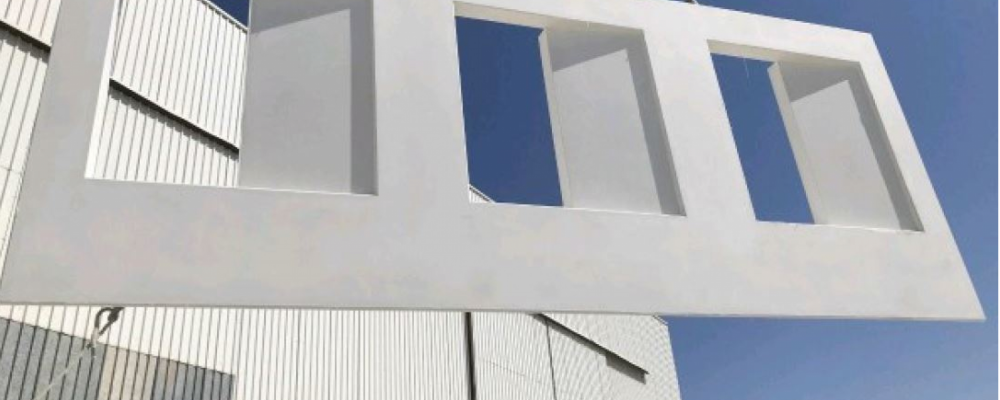
-
27 feb. 2017
- 5950
Infinite Solutions Guidebook. Residential buildings
Eficiencia energética Rehabilitación y mantenimiento Aunque muchas ciudades y regiones han participado en la transición energética, la financiación de medidas de energía sostenible sigue siendo un gran desafío. Algunos de los costos de inversión del proyecto son altos, y cubriéndolos sólo con el presupuesto municipal y los mecanismos de financiación tradicionales es difícil. Las autoridades locales y regionales tienen que ser ingeniosas, inventar y probar nuevos mecanismos de financiación, modelos de negocio, estructuras organizativas y asociaciones para realizar sus proyectos de energía sostenible. Esto requiere fuertes habilidades técnicas, financieras, legales, de coordinación y experiencia. Estas dos guías tienen el objetivo de proporcionar información sobre cómo desarrollar e implementar tres esquemas de financiación innovadores para llevar a cabo la rehabilitación energética de edificios públicos y residenciales. Estos modelos financieros ya han sido probados en once ciudades y regiones europeas. Las soluciones que presentan están basadas en el análisis exhaustivo de los esquemas de financiación innovadores de Stuttgart, Alemania, y otras seis experiencias de miembros de Energy Cities dentro del proyecto de soluciones 'Infinite'. En la Guía de financiación de la rehabilitación energética de edificios residenciales a través de préstamos y esquemas de inversión de terceros, los miembros de Energy Cities comparten su experiencia y guían a través del proceso de establecer un esquema de financiación de préstamos. El 'paquete de renovación de energía gratuita' de Stuttgart y el esquema de inversión de terceros se describen detalladamente en el estudio de un caso. Infinite Solutions Guidebook. Residential buildings Ver publicación: Infinite Solutions Guidebook. Public buildings Ver en la fuente original.


